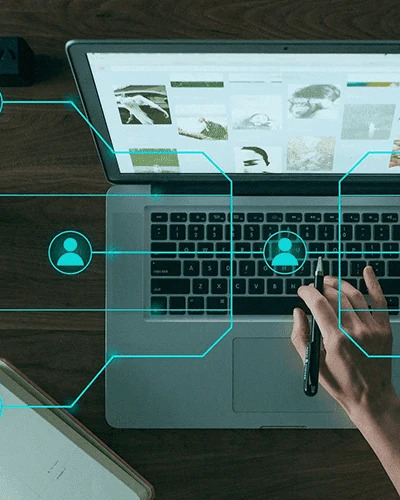Autonomous procurement refers to the use of advanced technologies, such as artificial intelligence (AI), machine learning (ML), and robotic process automation (RPA), to automate and streamline various aspects of the procurement process. The goal is to enable procurement functions to operate more efficiently, make data-driven decisions, and enhance overall effectiveness without heavy reliance on manual intervention.
Key Features and Components of Autonomous Procurement
Automation in Autonomous Procurement
Autonomous procurement involves automating routine and repetitive tasks within the procurement lifecycle. This includes tasks such as: Creating requisitions from inventory levels, project BoQ requirements Understanding sourcing rules like order against rate contracts, catalog buying with fixed discounts, etc. Empowering the buyer to take decisions upon working out the price and risk matrix. Order processing, invoice reconciliation, and data entry. Automation helps reduce errors, increase speed, and free up human resources for more strategic activities.
Predictive Analytics in Autonomous Procurement
Autonomous procurement often incorporates predictive analytics to forecast future trends, demand patterns, and potential supply chain disruptions. This helps organizations proactively address challenges and make strategic decisions to stay ahead of market dynamics.
Supplier Relationship Management (SRM) in Autonomous Procurement
Autonomous procurement systems focus on enhancing relationships with suppliers. By automating routine communication, monitoring supplier performance, and identifying opportunities for collaboration, organizations can build stronger and more strategic partnerships with their suppliers.
Risk Mitigation through Autonomous Procurement
Autonomous procurement systems are designed to identify and mitigate risks in real-time. This includes monitoring supplier compliance, assessing geopolitical and market risks, and implementing strategies to address potential disruptions to the supply chain.
Continuous Improvement in Autonomous Procurement
Autonomous procurement is not a one-time implementation; it involves continuous improvement. Machine learning algorithms learn from historical data and adapt to changing circumstances, allowing the system to evolve and improve over time.
Benefits of Autonomous Procurement
Organizations will adopt autonomous procurement with the goal of transforming the procurement process from a mere transactional and reactive task into a strategic and proactive function. By harnessing cutting-edge technologies, these organizations will seek to: Bolster decision-making capabilities Streamline operations for improved efficiency Curtail costs Augment overall business performance and success
AgileApt Solutions and Autonomous Procurement
At AgileApt Solutions, we are collaborating closely with supply chain experts, early adopters, and academic institutions, leveraging our advanced Source-to-Pay platform, ProcurEngine. Our efforts are focused on developing autonomous Procurement Solutions that have the potential to revolutionize the procurement landscape for businesses. Through this innovative approach, we aim to transform traditional procurement processes, empowering organizations to achieve greater efficiency, cost-effectiveness, and strategic agility in their operations.
